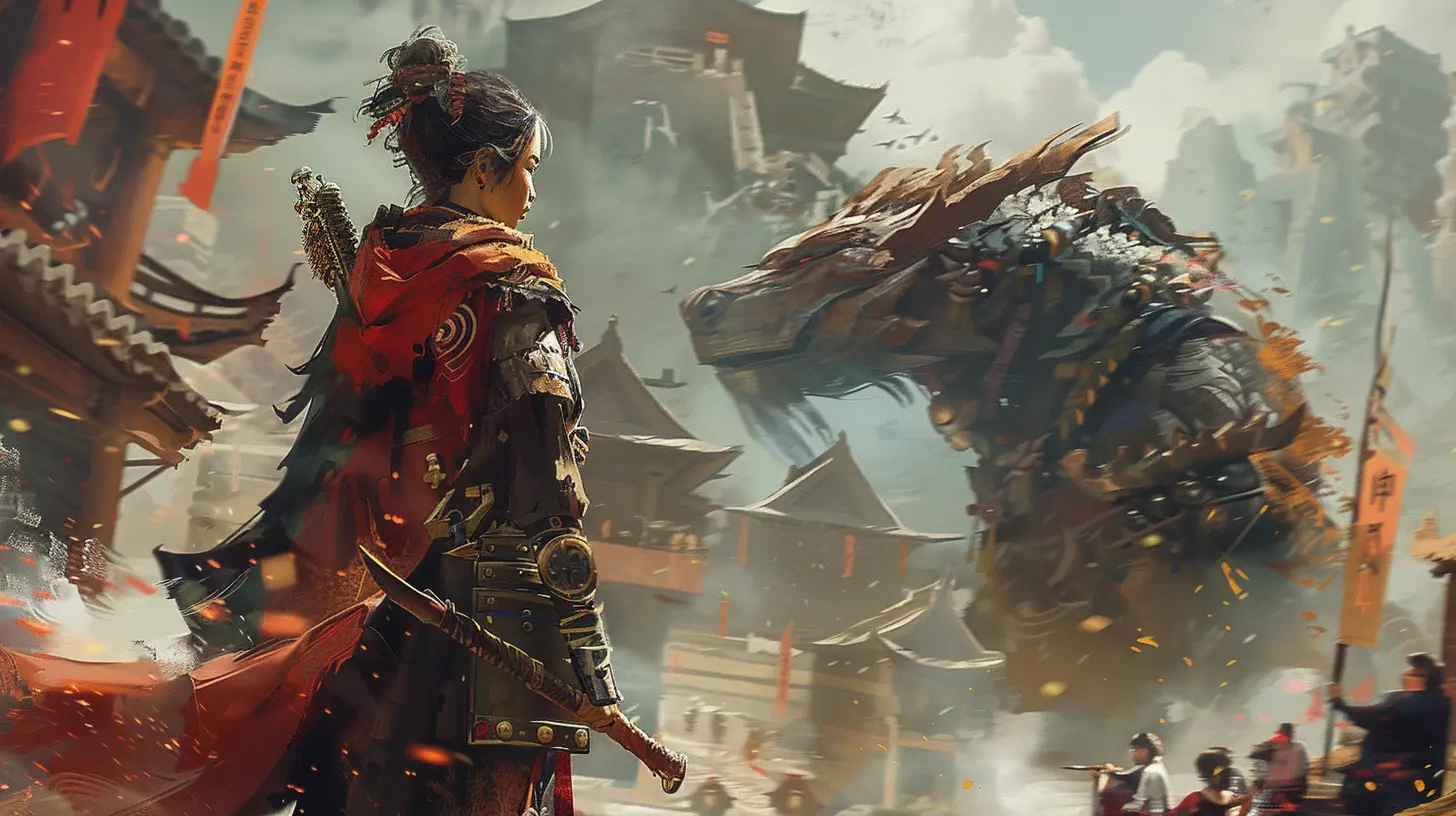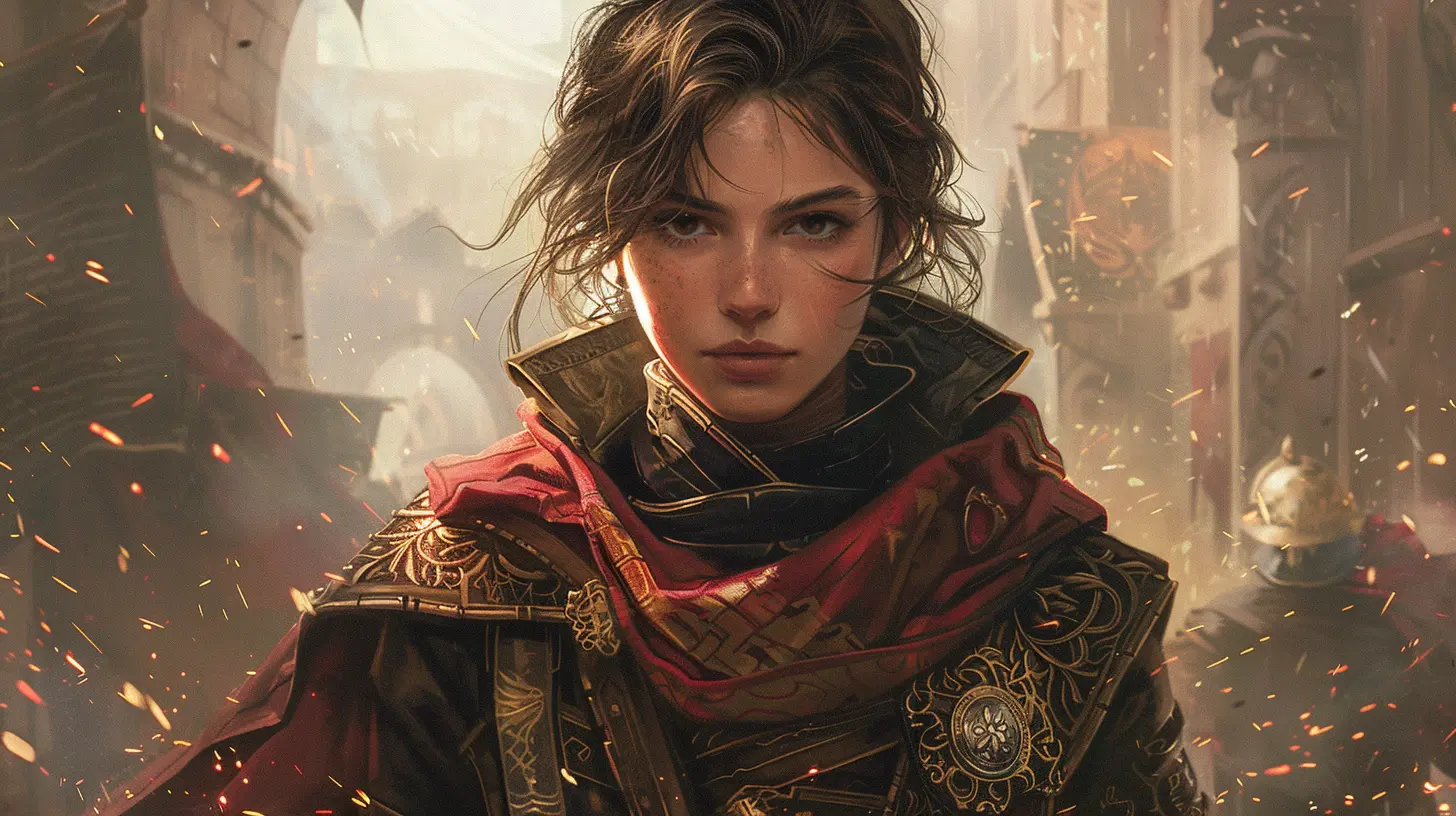Most Flexible Builds for Unpredictable Campaigns
4 August 2025
Imagine this: You’ve just sat down with your squad for a brand-new RPG campaign. You know the DM loves plot twists and unexpected scenarios — one moment you’re fighting kobolds, the next you’re convincing a warlord not to flatten a village. You built your character to be a damage-dealing machine… but now you need to infiltrate enemy lines using stealth, or patch up your half-dead party. Sound familiar?
In these ever-shifting, curveball-heavy campaigns, flexibility isn’t just nice to have — it’s essential. You need a character that can bend without breaking, adapt on the fly, and thrive in chaos.
So, how do you build a character who’s ready for anything?
This guide dives deep into the most flexible builds for unpredictable campaigns — no matter the system, setting, or chaos your DM throws your way.
Why Flexibility Matters in Campaigns That Wildly Shift Gears
Campaigns, especially homebrew ones, don’t often follow a script. One week it’s dungeon crawling — the next, you’re deep in political intrigue or surviving in a frozen wasteland with no weapons. If your character only excels at one thing, you’re going to get blindsided.Flexible builds give you options. They let you pivot. They let you experiment. And more importantly? They let you stay useful and relevant in every kind of situation.
Now let’s roll initiative and dive into the builds that keep you from becoming a benchwarmer when the story goes sideways.
1. The Jack-of-All-Trades Bard (D&D 5e)
Why It Rocks:
The Bard is hands-down one of the most versatile classes in any D&D 5e game. With spellcasting, healing, charisma-based social skills, and a bag full of tricks thanks to Magical Secrets, you’ve basically got a Swiss army knife in human form.Best Subclass?
College of Lore. Extra skills, spell sniping from other classes, and the infamous Cutting Words ability make this Bard an unpredictable powerhouse.What Makes It Flexible:
- You can heal when no one else can.- You can cast Fireball like a Sorcerer, stealth like a Rogue, and hold your own in a debate with a noble.
- Infinite roleplay potential thanks to high Charisma and diverse skill proficiencies.
Pro Tip:
Don’t overlook Counterspell and Dispel Magic. These utility spells alone can change the tide of any encounter — magical or otherwise.
2. The Ranger/Rogue Multiclass (D&D 5e)
Why It Rocks:
Think of this build like the survivalist meets the shadow. You get stealth, damage, tracking, exploration tools, and utility spells — perfect for campaigns that throw curveballs in terrain and social structures.Ideal Split:
Try a Rogue (3) / Ranger (5+). You snag Cunning Action for sneaky movement and reliable burst damage, while Rangers give you spellcasting, fighting styles, and mobility options.What Makes It Flexible:
- Infiltration? Check.- Quick getaway? Easy.
- Tricky terrain or survival scenarios? You shine.
- Social interactions? Your Dexterity and passable Insight/Survival checks hold their own.
Pro Tip:
Pick Gloom Stalker or Horizon Walker as your Ranger subclass. They make you deadly in the first round and boost your movement and initiative — great for reacting to sudden chaos.
3. The Shadow Sorcerer with Warlock Dip (D&D 5e)
Why It Rocks:
Want a magical powerhouse who doesn’t drop like a fly the minute someone sneezes in their direction? The Shadow Sorcerer offers that blend of mystery, power, and survivability. Add a dash of Warlock for Eldritch invocations, and you’ve got a caster who can teleport, charm, and nuke.Ideal Spread:
Sorcerer (17) / Warlock (3) — gives you Metamagic, Font of Magic, and Eldritch goodies like Agonizing Blast and Devil’s Sight.What Makes It Flexible:
- Great in both social and combat situations.- Shadow Sorcerer’s Strength of the Grave and Darkness synergy with Devil’s Sight make you terrifying in the dark.
- Can be built as a blaster, controller, or support.
Pro Tip:
Meta-magic options like Quickened Spell and Twinned Spell let you adapt your spellcasting to chaotic battlefields.4. The Intimidating Face Tank (Paladin/Sorcerer Hybrid)
Why It Rocks:
You want to smite? You can smite. You want to smooth talk your way past a city guard? No problem — you’ve got the Charisma for it. This hybrid is perfect for players who want to be both believable in negotiations and terrifying in combat.Ideal Formula:
Paladin (6 or 7) / Sorcerer (13 or 14) — your sweet spot gives you extra attack, divine smites, good saves, and a bunch of sorcerer spells.What Makes It Flexible:
- Tanking, healing, smiting, and talking — you’re a one-stop shop.- Works in social, combat, and exploration-heavy arcs.
- High Charisma = high impact in any conversation-based challenge.
Pro Tip:
Go Divine Soul Sorcerer to get Cleric spells and pump your supportive capabilities sky high.5. The Skill Monkey Artificer (Eberron or 5e Compatible)
Why It Rocks:
Artificers are underrated for adaptability. You bring tools, gadgets, and literal magic-infused gear into every scenario. Nothing says “I’m prepared” like an Artificer with six backup plans in their backpack.Best Subclass?
Armorer and Battle Smith both offer great flexibility. The Armorer turns you into Iron Man, while Battle Smith gives you a robot buddy and extra combat options.What Makes It Flexible:
- Artificers get loads of tool proficiencies and flexible spell choices.- You can heal decently, tank, and solve puzzles others can’t.
- Your Infusions let you give extra gear or benefits to your team — and switch them out as needed.
Pro Tip:
Use spells like Detect Magic, Identify, Shield, and Web to handle anything from traps to combat to investigations.6. The Witty Tactician (Tactician/Strategist Builds for Pathfinder or Homebrew Systems)
Why It Rocks:
Sometimes, flexibility lies not in what you do, but how you make others do it better. These builds shine by adapting to the battlefield and amplifying everyone else’s potential.Systems to Consider:
- In Pathfinder, look into Tactician Fighters or Inquisitors.- In custom systems, lean into roles that let you control positioning, battlespace, and party synergy.
What Makes It Flexible:
- Solid mix of combat, support, and leadership options.- You’re never useless — your skills boost the entire team.
- Can shift between offense, defense, and support with ease.
Pro Tip:
Sometimes saying less is more — literally. Focus on feats and abilities with passive effects or triggered reactions, so you always have an answer without hogging spotlight time.7. The Psyker/Mutant with Multi-Tool Powers (Dark Heresy / Other Sci-Fi Systems)
Why It Rocks:
In gritty, gun-heavy settings like Warhammer 40k RPGs, flexibility is hard to come by. But Psykers and psychic mutants break that mold wide open. One minute you’re tearing minds apart — the next, you’re teleporting out of a locked cell.Subtypes Worth Exploring:
- Telekinesis + Telepathy = total terrain and mind control.- Healing + Illusion = roleplay gold and infiltration powerhouse.
What Makes It Flexible:
- You control combat flow, dialogue manipulation, and environmental problem-solving.- You often possess abilities that bypass normal rules — think outside damage numbers.
Pro Tip:
Balance your use — the more flashy or invasive your powers, the more narrative consequences you might draw. And that’s part of the fun.So, What’s The Best Flexible Build?
Honestly? It depends on your party, DM, and campaign tone. But if you pick a class (or combo) that:- Gives you solid utility in and out of combat,
- Covers at least one method of problem-solving (charm, stealth, brute force, etc.),
- Keeps you engaged during both downtime and boss fights,
…then you’re golden.
A flexible character doesn’t mean being “okay” at everything. It means being able to pivot when the game changes. Think of them like a chameleon — always adapting, sometimes unexpected, and always cool.
Final Tips for Building Flexible Characters
Here’s your cheat sheet:- High Skill Coverage: Spread out your proficiency list. Insight, Perception, Stealth, Persuasion — all power picks.
- Spell Versatility > Raw Damage: Don’t just take fireball. Think Polymorph, Dimension Door, Counterspell, or Silence, depending on your campaign’s tone.
- Gear Up Creatively: Talk to your DM about custom items that complement your versatility.
- Don’t Ignore Backgrounds: The right backstory setup can give you languages, proficiencies, and narrative hooks that make you shine in unexpected moments.
- Lean Into Roleplay: Playing flexibly doesn’t just mean building flexibly. Be willing to try wild ideas, negotiate, deceive, or sneak when the moment calls for it.
Final Thoughts
Building flexibly is both an art and a science. It’s not just about hedging your bets — it’s about being ready when the world flips upside down, and still finding a way to be the hero (or the charming anti-hero, if that’s your flavor).In unpredictable campaigns, where every session is a gamble? A flexible build isn’t just the smart choice — it’s the most fun.
So next time your DM throws a political coup, a time-travel arc, or drops you in a dimension where magic doesn’t work, you’re ready. You’ve got tools. You've got tricks. And you’ve got the kind of character who thrives in chaos.
Now go roll that character sheet, and wreck some expectations.
all images in this post were generated using AI tools
Category:
Character BuildsAuthor:

Francesca West
Discussion
rate this article
1 comments
Valentina McLoughlin
Great insights! I love how you highlighted the importance of adaptability in gameplay. These flexible builds will definitely help players navigate unpredictability in their campaigns. Thanks for sharing!
August 17, 2025 at 5:08 AM

Francesca West
Thank you! I'm glad you found the insights helpful. Adaptability really is key in dynamic campaigns!


